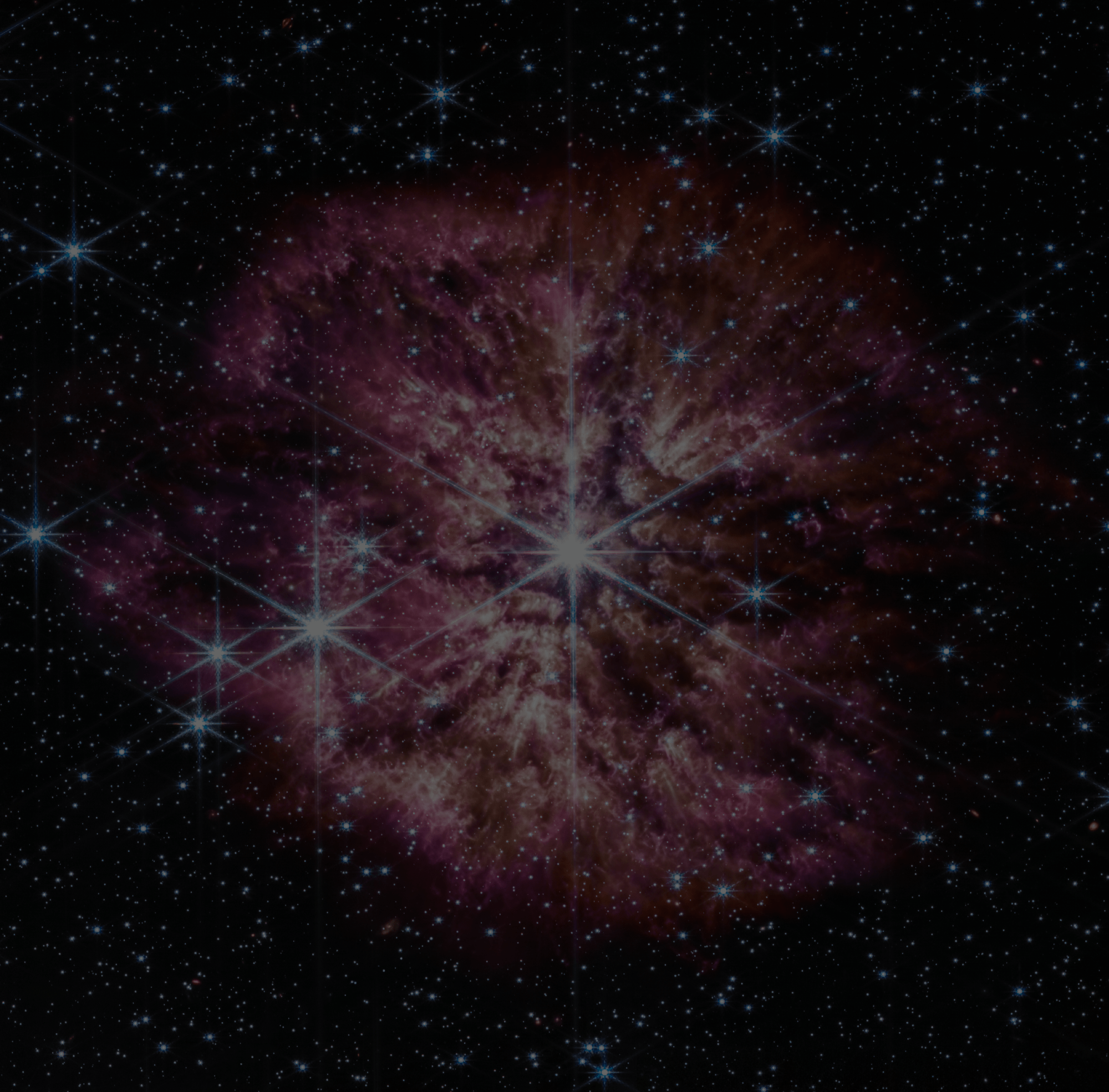

Virtual Institute of Astrophysics (VIA)
The Virtual Institute of Astrophysics (VIA) aims to expand our knowledge of space science through advanced computing and the development of state-of-the-art, cost-effective instruments to better understand our universe.
Overview
The Virtual Institute of Astrophysics (VIA) provides sustained, multi-year funding towards organizations doing transformational research that accelerates advances in space science. VIA concentrates on building infrastructure, and supports a multitude of science explorations rather than a single astronomical science initiative.
To tackle some of the most complex problems in astrophysics, VIA supports building innovative instruments, on Earth and in space. This includes cutting-edge software development and computational tools for astrophysics observations and modeling. VIA promotes fresh approaches to technological innovation, with an accelerated timeline and drastically reduced costs using, for example, commercial off-the-shelf (COTS) parts to build innovative hardware. The Institute encourages an open data policy for its grantees to make the results of their advances freely available for all to use.
VIA is one of our Virtual Institutes. Schmidt Futures creates Virtual Institutes of Science where a distributed network of carefully selected scientific and technical talent is more likely to solve hard and important problems of scientific knowledge by working across institutions and disciplines — taking high-risk bets that apply more advanced computing and innovative technologies to STEM R&D, for better results.
VIA Members
Morning Star Mission to Venus
The Morning Star mission to Venus project aims to send a small, direct-entry spacecraft probe into Venus’s atmosphere, which is hypothesized to potentially harbor extremely small life forms. The mission will utilize a single science instrument: a COTS Autofluorescence Nephelometer (AFN), which emits an ultraviolet laser to induce autofluorescence in organic materials within cloud particles. The spacecraft probe mission will spend c. 5 minutes in the Venus cloud layers at a 48–60 kilometer altitude to collect in-situ measurements.
For more informationLSST Interdisciplinary Network for Collaboration and Computing (LINCC)
The Interdisciplinary Network for Collaboration and Computing (LINCC) seeks to unite communities with shared tools to optimize scientific gains from the Legacy Survey of Space and Time (LSST) at the Vera C. Rubin Observatory. To enable early large-scale research, scientists must develop advanced techniques for managing LSST data’s scale and complexity. By supporting LINCC’s analysis platform and community engagement activities, we are fostering wider community efforts, bridging the gap between Rubin Observatory’s data releases and the software development skills of various research groups.
For more informationGravitational Lensing
The Vera C. Rubin Observatory will soon discover thousands of gravitationally-lensed quasars, each split into multiple images, as their light reaches us via separate paths through curved spacetime. To decode this signal and ensure maximum scientific returns, this project aims to build a machine learning pipeline that will produce simulations and perform an analysis of all Vera Rubin lenses and 10-year light curves. This machine learning pipeline and its extensive scientific products will be made available to the broader astrophysics community. Additionally, the Gravitational Lensing team will utilize the facility to make an independent measurement of the evolving Hubble constant and explore quasar central engines down to the scale of their black hole event horizons.
Radio Camera Initiative (RCI)
RCI is a proposed radio observatory utilizing a large number of inexpensive antennas, innovative hardware, advanced parallel computing, and novel software for real-time sky measurements. By employing an integrated digital back-end, RCI aims to replace traditional correlators with a ‘radio camera’ that will deliver near real-time image data.
For more informationArgus
By using 800 telescopes mounted to a slow-moving hemisphere, the Argus Array will be the first large optical telescope capable of exploring the entire sky. The Argus Array system is designed for low-cost operation, using just a few moving parts and telescopes protected inside a sealed enclosure. With the ability to follow the evolution of very faint time-variable sources across the sky, the array has the potential to transform optical time-domain astronomy at a mid-scale budget, complementing the Rubin Observatory’s Northern-hemisphere survey. The Argus Array’s unique design concept enables these advances to be made with a system far less expensive than a comparable monolithic telescope.
For more informationLarge Fiber Array Spectroscopic Telescope (LFAST)
The LFAST project aims to design and create the largest optical instrument on the planet capable of extracting high-resolution spectra of astronomical objects. If successful, LFAST would require roughly only 3-5% of the development costs of the world’s largest planned, fully-functional telescopes. LFAST will be a high-resolution spectrograph containing a distributed set of apertures capable of collecting vast numbers of photons.


Work we’re doing for science
We build networks of brilliant researchers at different career stages. We lead Virtual Institutes of Science to solve hard problems across locations and fields using modern tools.
